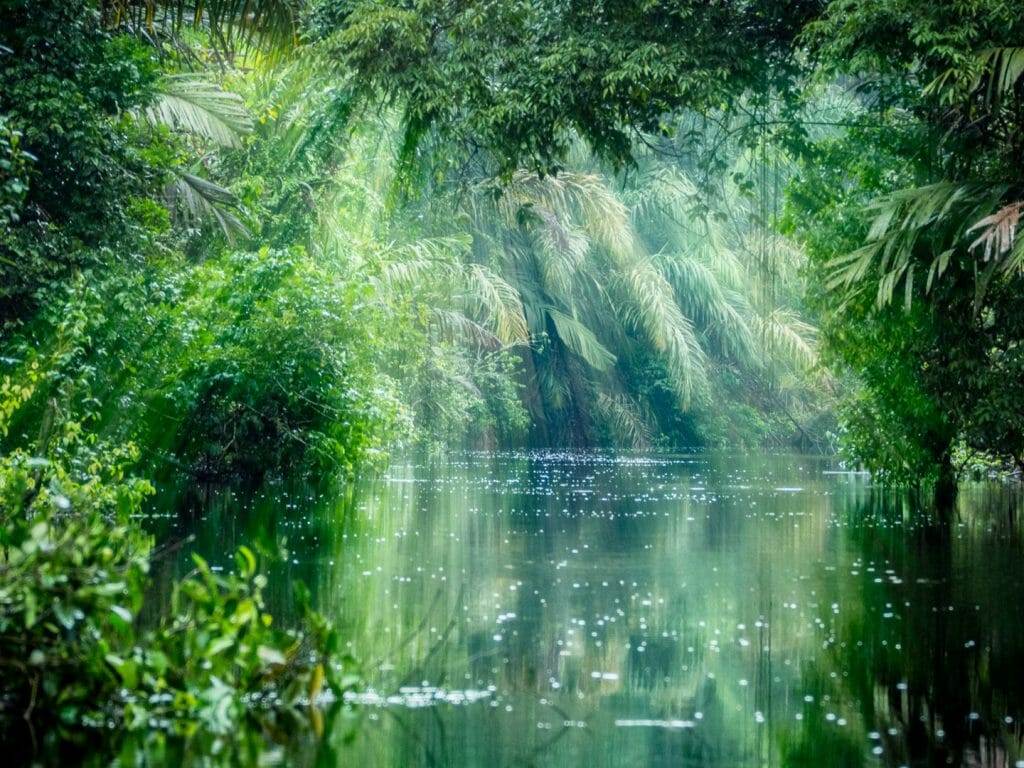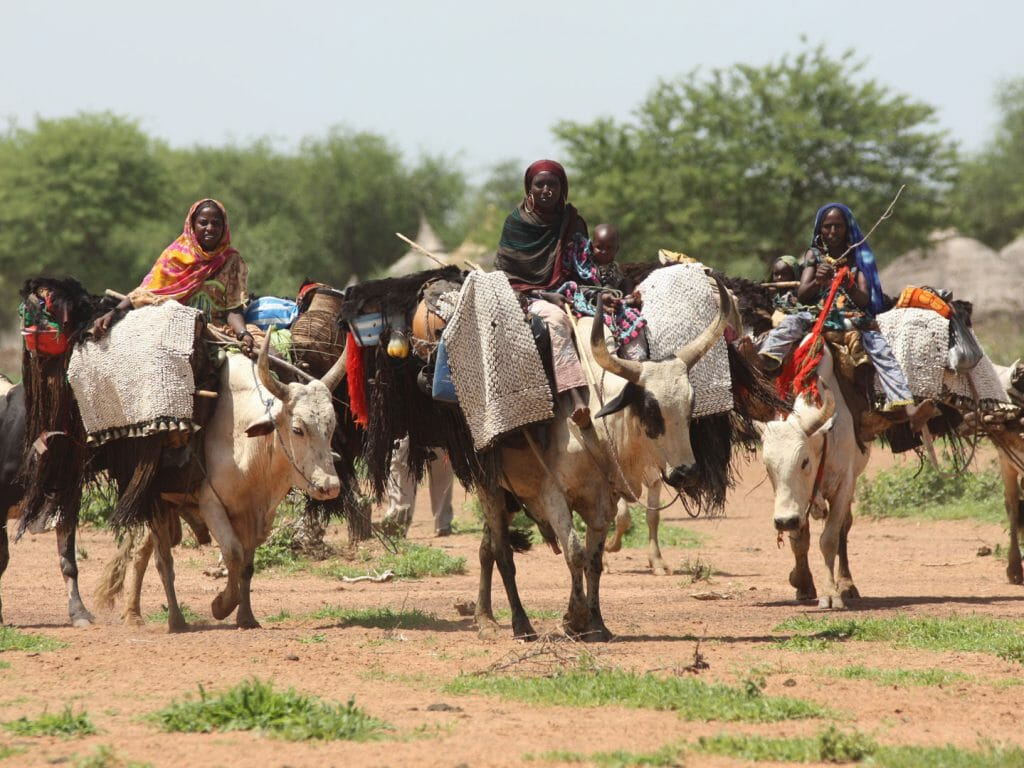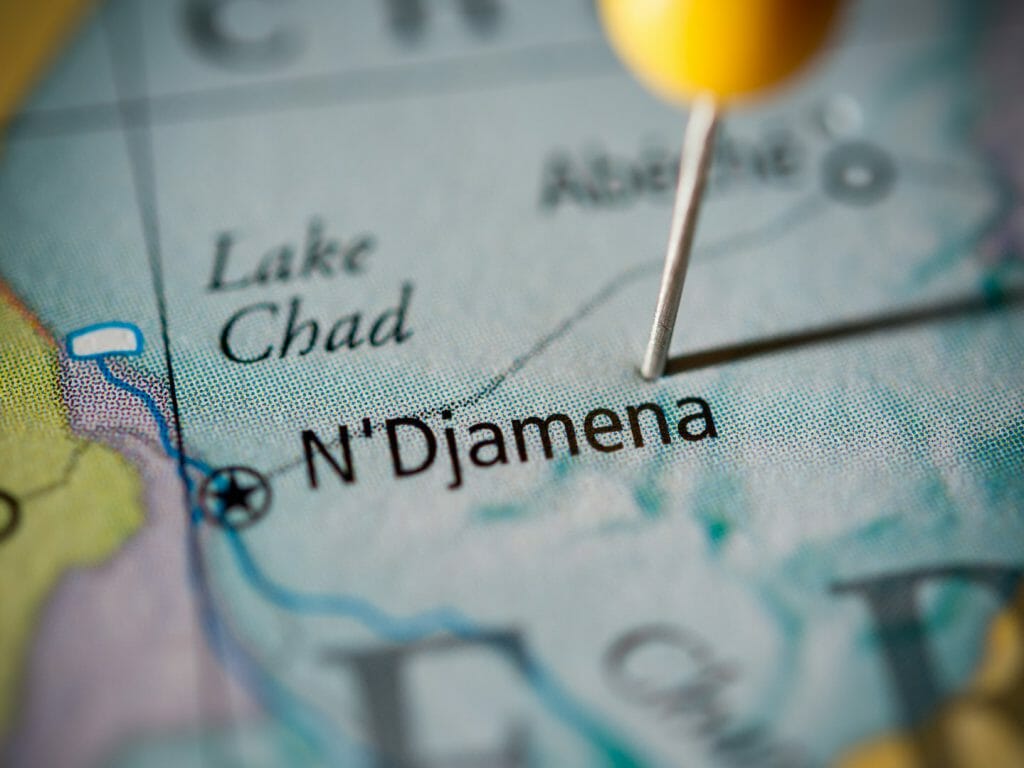On a dusty morning on 13th April 2006, a heavily armoured convoy of Toyota Land Cruisers, converged on N’Djamena, the capital of Chad. These war chariots of the Third World, were top heavy with truck-mounted rocket launchers and determined Nubian men, their faces covered with turbans. They billowed dust behind them as they sped towards the city.
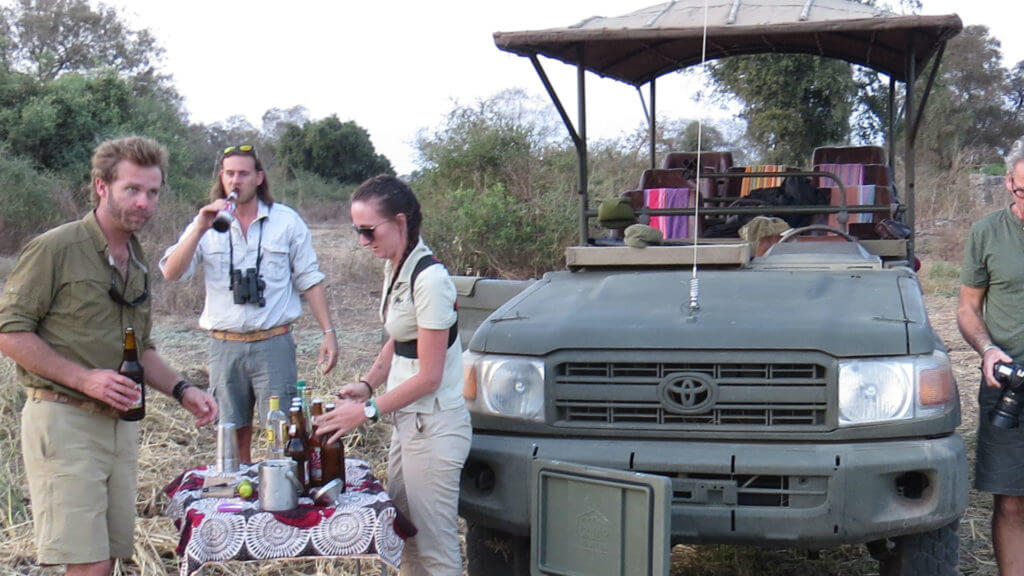
The vehicles are originally thought to have arrived on the continent in Port Sudan, on the Red Sea, almost 2000 miles to the east. It is said they were brought to Khartoum and modified, before being driven through the hostile wilderness of central Sudan, the Nubian Mountains and Darfur, eventually reaching the dust plains of eastern Chad. The journey would have taken three weeks of hard driving, during the hottest time of the year.
The Battle of N’Djamena was a short one, perhaps due to the massive dust plumes that announced the attackers’ arrival. Or perhaps because the men in turbans were out of food, energy and ammunition after their epic journey. A Chadian will tell you it was because Chad’s army is one the best in the region.
The dust settled by the afternoon. The rebels were paraded through the Place de l’Independence in the heart of N’Djamena, and the Sudanese were chastised. To this day, however, you can still see the large trenches that were dug around the city of N’Djamena to slow any subsequent “Toyota attacks”. If these vehicles could talk, they would tell a grand story of adventure and misadventure in the desert.
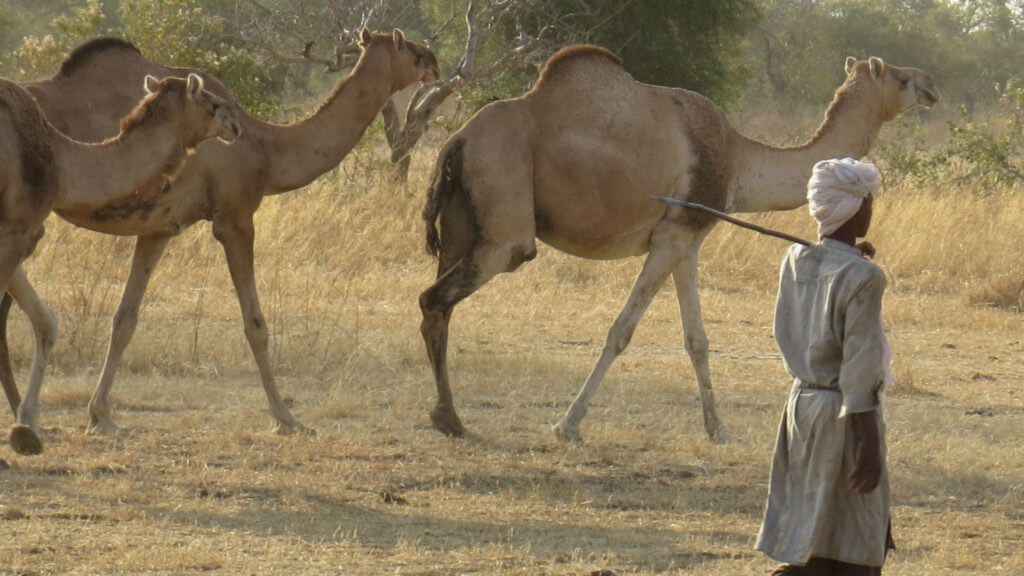
On a dusty morning in December 2016, in the Zakouma National Park, these same Toyota Land Cruisers are laden with turbaned and excited passengers, steeling themselves against the cold desert morning. They are fortified with strong coffee and a good night’s sleep, despite being in the middle of nowhere. The vehicles are now transformed — they are now bristling with Canons of another sort, hunting for that perfect shot.
A flash of green, a flash of blue against the dry ochre and golden grassland. In the Sahel (the region where the deserts of the Sahara and the savannah meet) a little bee-eater resides, but it is the endemic little green bee-eater of Chad. The brilliant blue is that of the Abyssinian roller, which is just as tricky to capture on film as its southern counterpart. The flash of red is the rare black-breasted barbet.
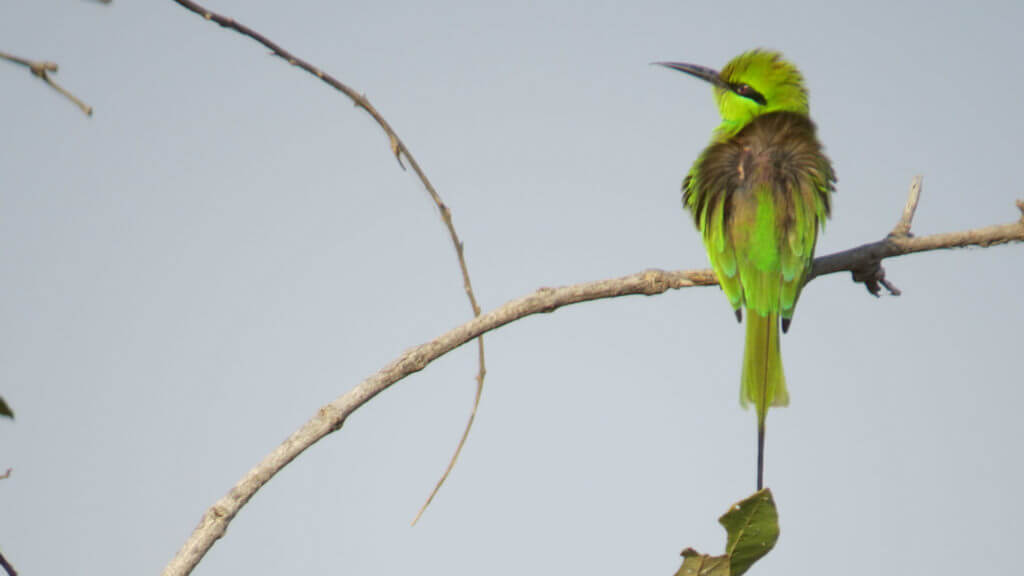
The elusive Abyssinian ground hornbill also finds refuge in Zakouma, as well as the roan antelope, Lelwel hartebeest and Kordofan giraffe.
The Toyota Land Cruisers were donated by the Chadian government, in 2010, to the new custodians of Zakouma, African Parks. This inspirational organisation has taken on direct responsibility for the rehabilitation and long term management of national parks, in partnership with governments and local communities. A company that makes conservation into a business, they operate in some key areas in Africa, but only where they can secure long-term support and commitment from the government.
African Parks are also operating in Ennedi Massif in the far north of Chad. This UNESCO-recognised landscape is home not just to remarkable geological formations, including dramatic rock arches, but also threatened Saharan wildlife. Here, African Parks is hoping to help secure the future of the Arabian oryx.
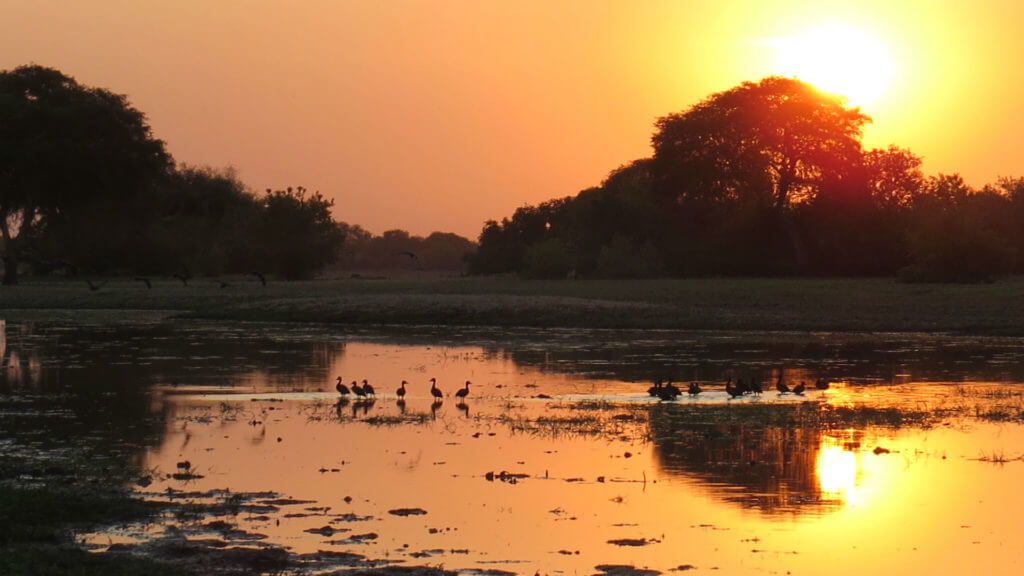
Hopefully, the area will become easier to access through this affiliation, opening it up to the trickle of tourists who explore Zakouma in the back of these, now infamous, Land Cruisers. However, as these tough machines know well, Chad is undoubtedly one of the toughest countries to travel through. Although it is this, to me, that is also perhaps its greatest attraction — for the effort is worth the reward.


